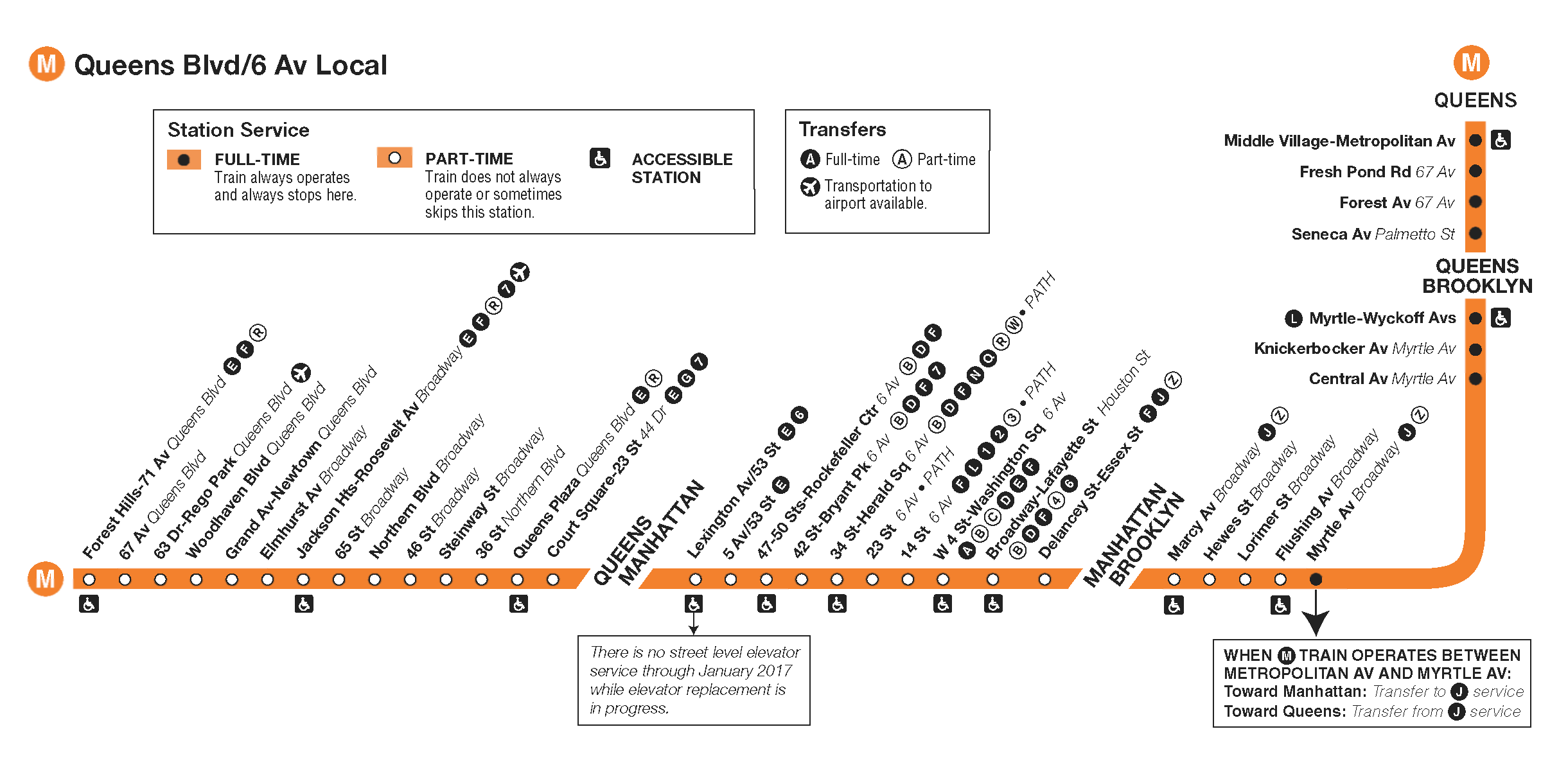
(A fun fact about the R32s: Along with the second oldest models, the R42s, they’re singular in their dated seat layout.)įor train aficionados, there are a slew of ways to recognize not only the obviously different subway models, but also the minutiae that differentiates, say, a R142 and a R142A. And then there are the old R32s, with their corrugated exterior, most commonly found along the A, C, J and Z lines. There are slightly older cars with multi-colored seats and jaundiced lighting, with their model numbers all under 100. Those paying attention will also realize that the car models can be grouped into three main aesthetic categories: There are newer cars with blue seating and brighter lighting these began with the R142s, which run on the 2, 4 and 5 lines and were built starting in 1999. Those were once part of the IRT and are now known as the A Division they’re roughly 8 feet wide.

The observant straphanger will notice that the rolling stock that runs along the lettered lines (formerly the BMT/IND and officially known as the B Division), are significantly wider and longer, at 10 feet wide, than the numbered line trains. There are 15 different models running in the MTA’s current fleet of passenger trains, their numbers ranging from 32 (the oldest cars in the system, dating back to the 1960s) up to 188. The “R” number classification entered use in 1948, when the first batch was purchased for the IND. Max Touhey The current rolling stockĮxcepting only a limited number of non-passenger cars, the modern R-model trains are used across the system today. An R-42 car, which dates back to the 1960s, runs on the J line. There are also quite a lot of subway cars swimming with the fishes many retired models are recycled by way of being sunk in the Atlantic, to form an artificial reef. The Frankenstein-d assortment of cars is usually composed of R1, R4, R6, R7A, and R9 models, all in the Arnine family-a fleet of similar cars manufactured for the IND lines in the 1930s to 1950 and used till the late ’70s. Every so often, these older models will run on the live tracks-during the holidays and for tours and baseball games-as the Nostalgia Train.

The New York Transit Museum, located in a disused subway station, is home to a fleet of vintage trains that the public can wander through. Some of the more memorable among them were the D-Type, or the Triplex trains, the short-lived Green Hornet, the blue and white BMT Bluebirds and Redbirds (one of which saw a second life as a rarely visited Queens tourist center before closing in 2015). Before it was controlled by a singular state agency, there were multiple private companies in charge-namely, the IRT, IND, and BMT-which ran many car models on the tracks over the course of the 20th century. history, in which over 100 were fatally injured. The change of material to steel was prompted by the 1918 Malbone Street Wreck, one of the deadliest train crashes in U.S. The earliest underground subway cars were wooden, previously used on the elevated lines. To understand where subway cars are now, it helps to understand their history.

While the nitty-gritty details of subway car types may seem tedious, the quality of your commute often depends on it the next time you’re stuck in a tunnel during yet another delay, the knowledge that you’re inside an R62 might improve the situation by a small amount.

But not everyone knows what, exactly, differentiates one dated car from another, or why so many types of subway car run throughout the transit system. First up: a guide to NYC Transit’s various subway cars.Įven the most oblivious straphangers knows that not all subway cars are built alike the differences between the older and newer cars is quite obvious.
#J line new york subway series#
Welcome to Subway 101, a new series in which we attempt to demystify the complex, enormous, and often-frustrating New York City subway system.


 0 kommentar(er)
0 kommentar(er)
